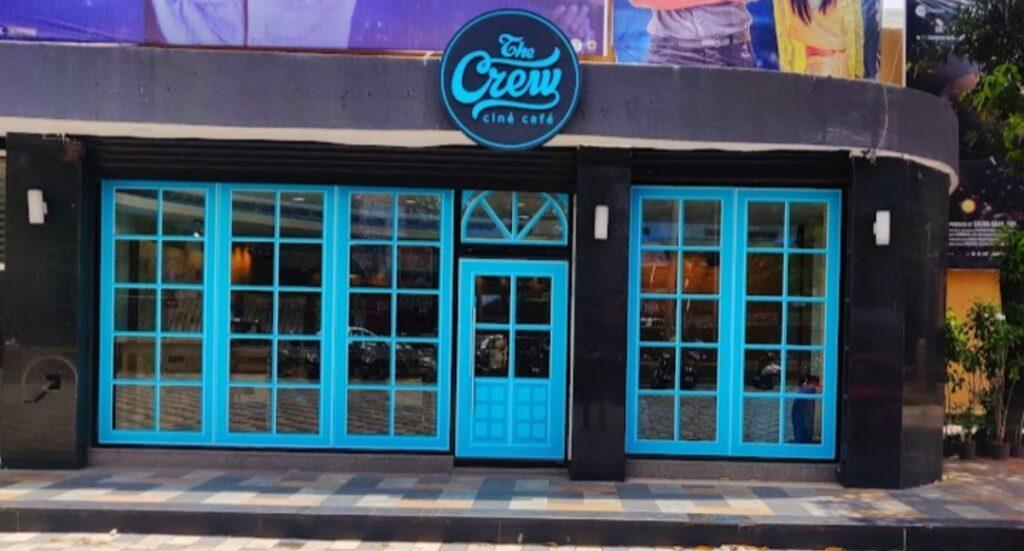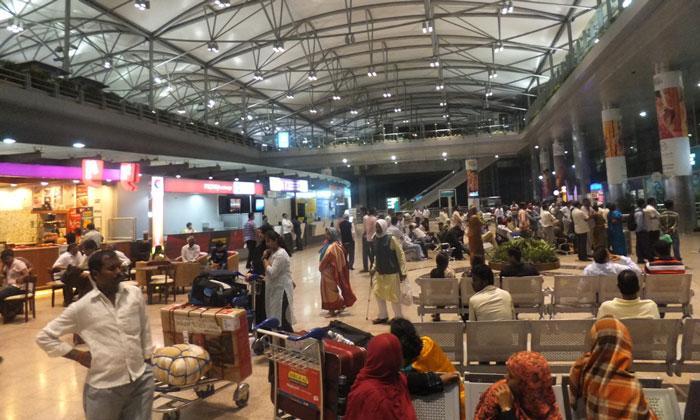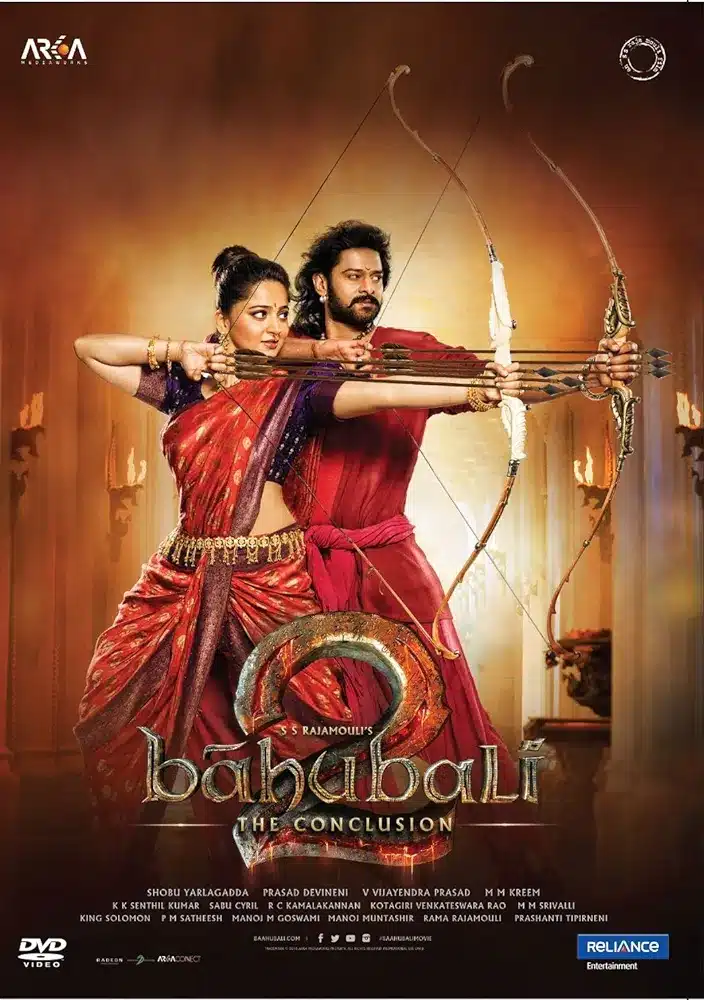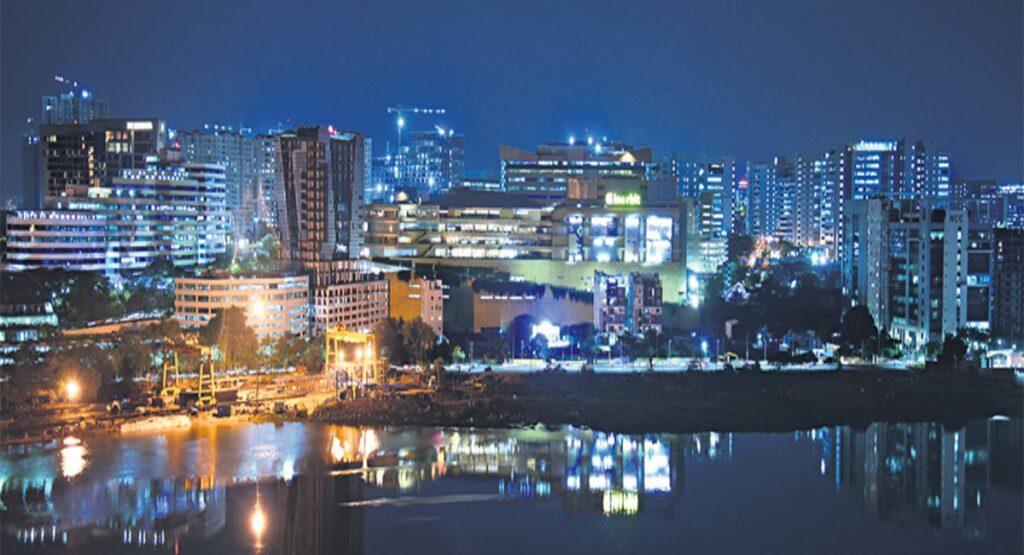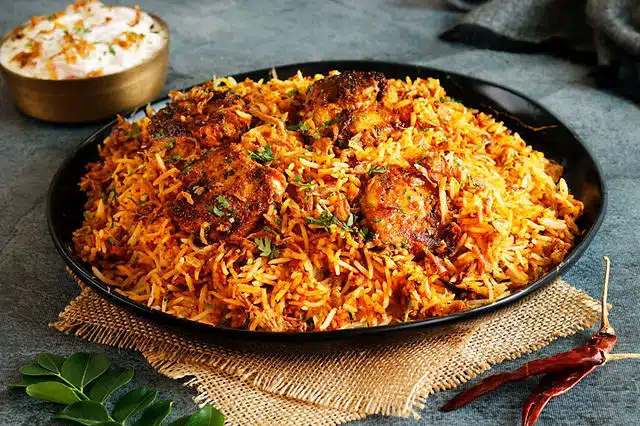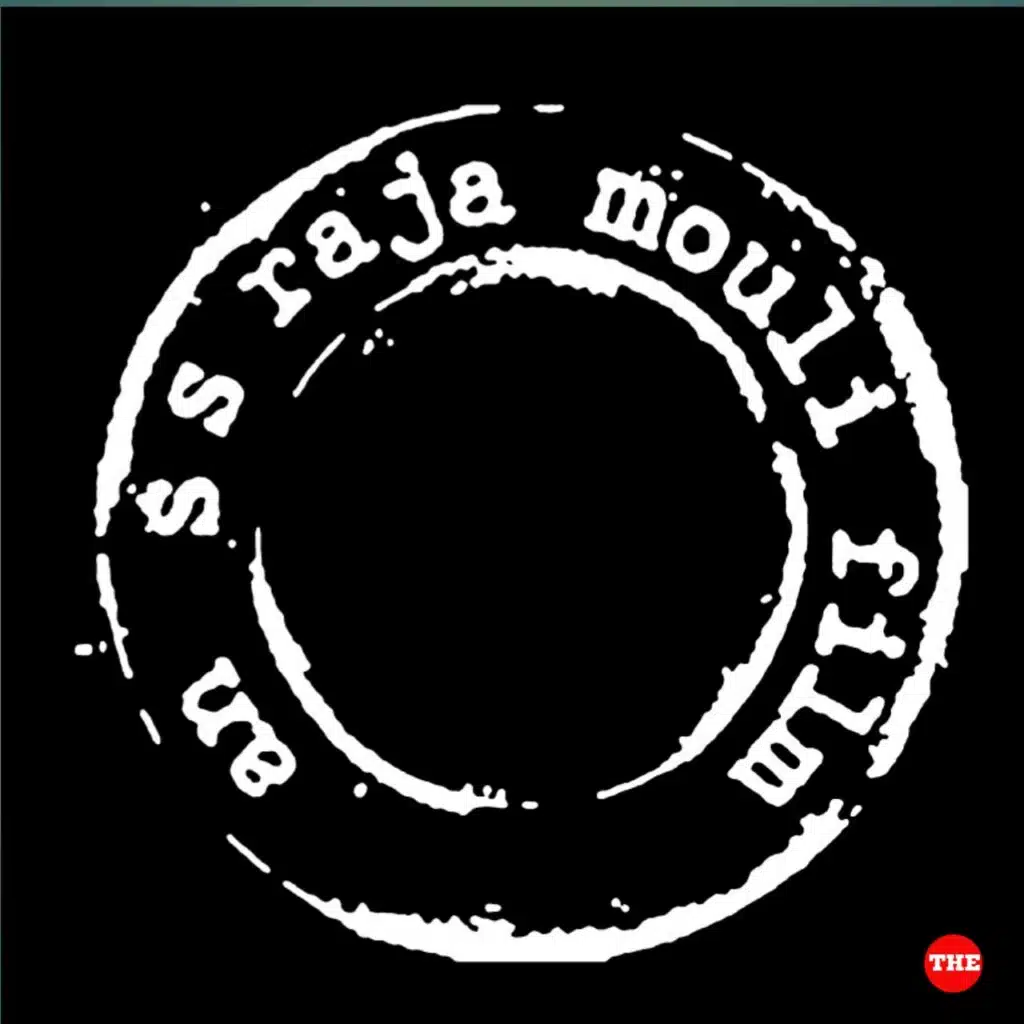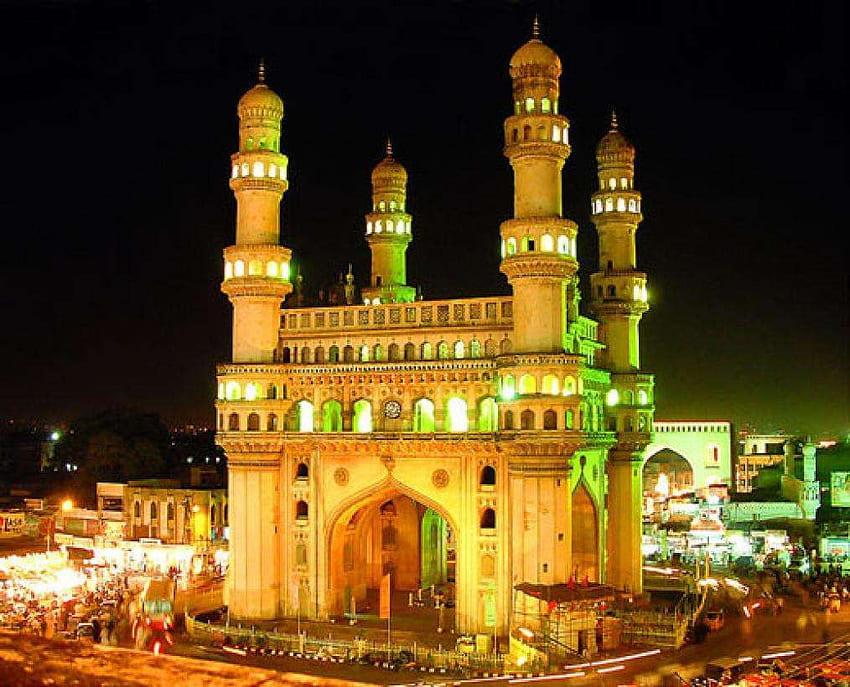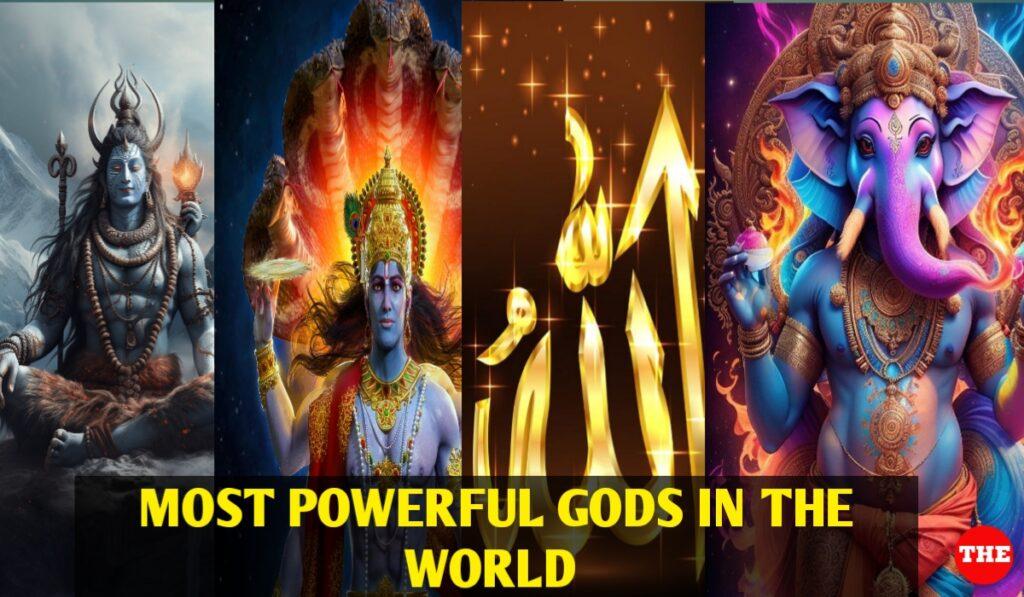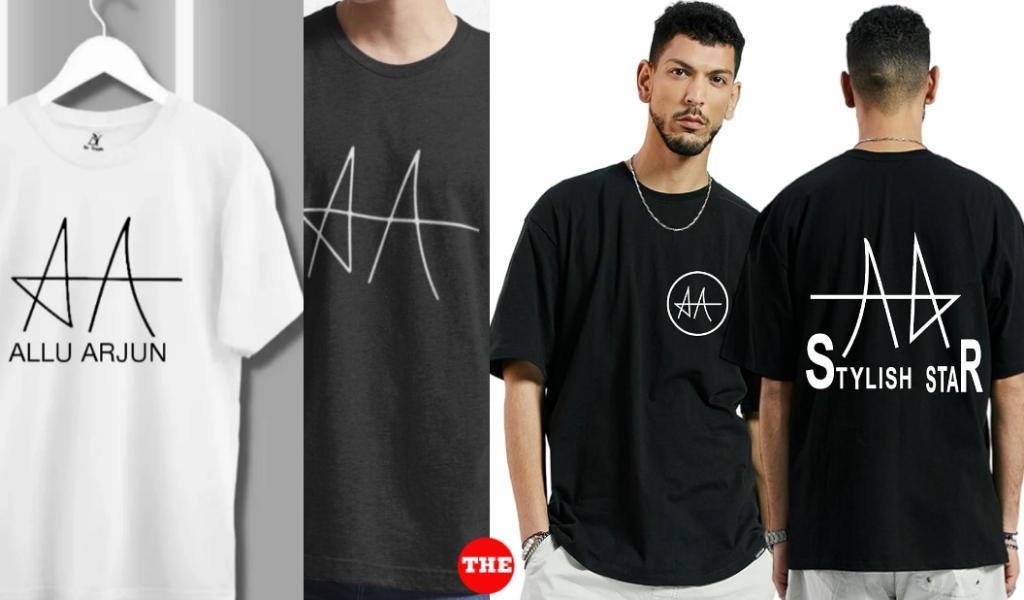In this article, we will take a closer look at some of the most iconic traditional dresses found across the globe.
The best traditional dress can differ based on one’s culture, the event, and individual tastes. Here are a few traditionally significant garments representing various regions and peoples:
1.Saree
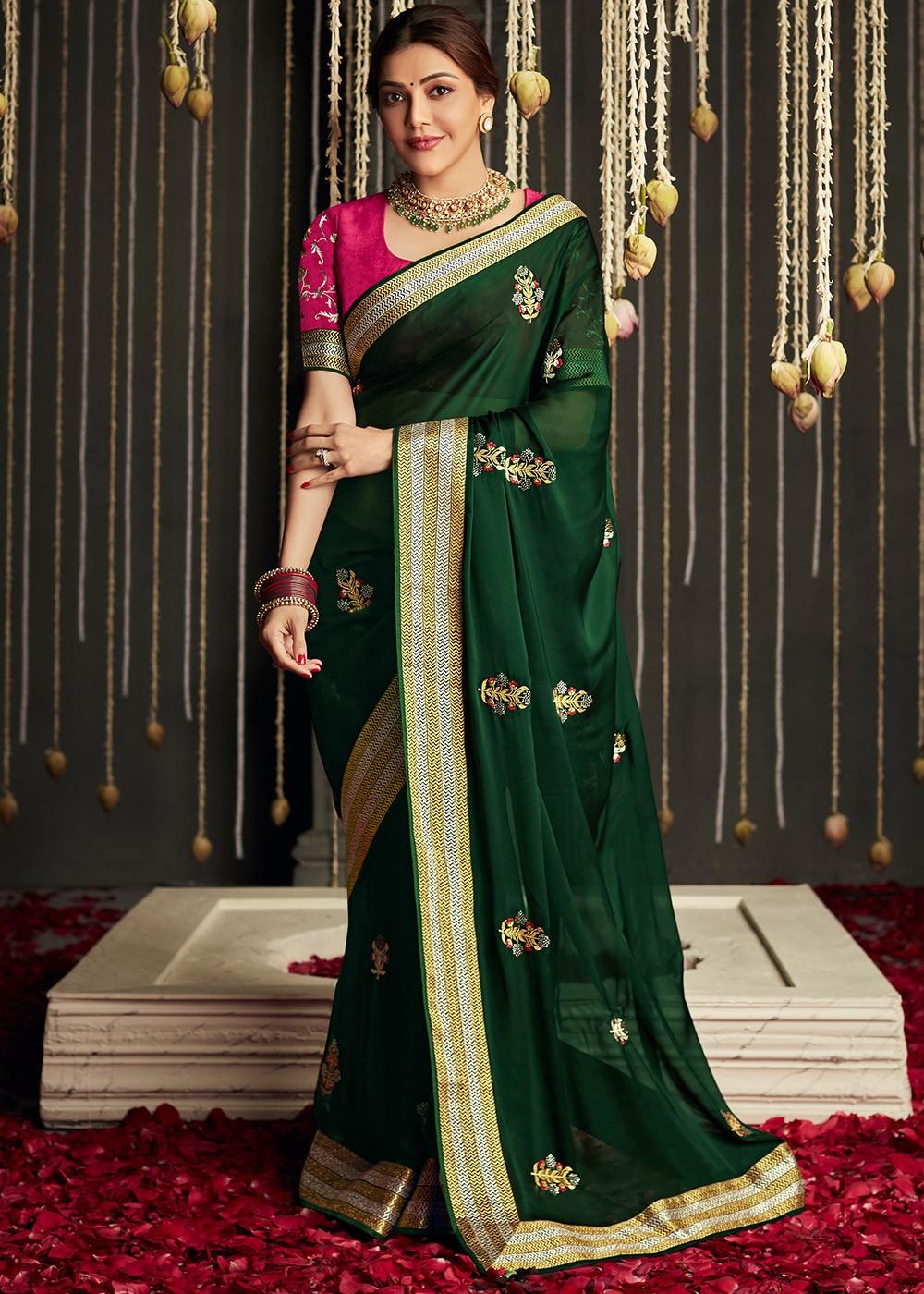
Fabrics play an important role in sarees as they come in a wide variety ranging from silk, cotton, chiffon, georgette, crepe and others.
The chosen fabric: is often dictated by the event’s formality and a woman’s individual preferences. A standard saree measures between 5 to 9 meters in length generally, though some variations exist.
The draping style: is not uniform across India as the technique differs according to local customs and customs. Commonly, the saree is first wrapped around the waist and then gracefully draped over one shoulder, with the end known as the ‘pallu’.
No saree is complete without a well-coordinated blouse worn on top. Blouse designs come in many forms with diverse necklines, sleeve lengths and back designs adding to the overall ensemble.
While silk remains a top choice for its elegance, cotton sarees offer breathability crucial for India’s warm climate. Occasions like weddings may require heavier brocades and zari work while light fabrics like chiffon and georgette are better suited to festivals.
Draping techniques too are customized by region – the Nivi style of draping originating from Gujarat differs from the typical Madisar or Bengali styles. Blouses today come in halter, sleeveless and full sleeve silhouettes to match modern preferences. Back details with intricate lace or cut-work have also become popular.
Design and embellishments play a key role in sarees, determining their formality and style. Sarees can be plain with no design, or feature intricate printed patterns and heavy embellishments through embroidery, sequins, beads or zari work.
The design and type of embellishments used often indicate whether a saree is suited for casual or formal wear. Sarees are extremely versatile garments that can be worn on many occasions, from everyday casual wear to important festive and ceremonial events like weddings and religious festivals.
The specific saree chosen depends largely on the nature of the event. Different regions throughout India have developed their own unique saree drapes and styles, such as the elegant Banarasi saree known for its brocade patterns, the spectacular Kanjivaram saree with its intricate zari borders, or the tie-dyed Bandhani saree.
Jewelry is commonly paired with a saree to complete the look, with necklaces, earrings, bangles and bindi being popular accessory choices. Footwear like sandals or heels is selected to complement the saree. Proper care and maintenance of the saree depends mainly on its fabric composition. For example, silk sarees often require dry cleaning while cotton sarees can typically be machine washed at home. Storing of sarees in proper way is also essential to maintain their quality.
Cultural Significance: Sarees hold cultural and regional significance in South Asian countries. Commonly, they are handed down through generations and linked to elegance and womanhood.
Sarees are far more than mere clothes. They represent heritage, customs, and craft. Not to mention, they remain a central component in women’s style across South Asia and further.
2.Kimono
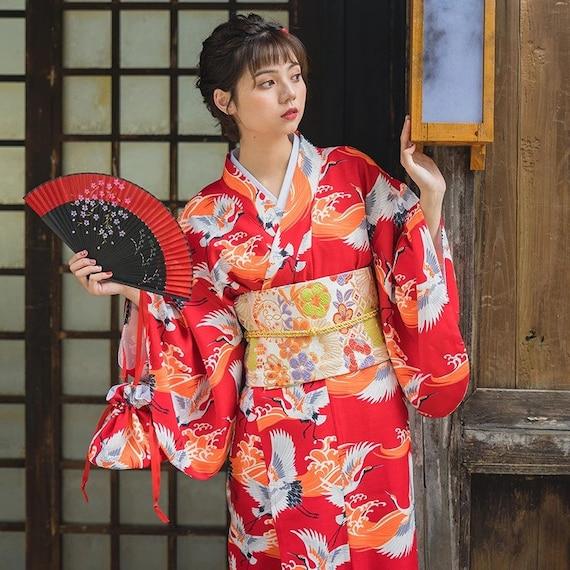
Kimono, a classic Japanese outfit, boasts a lengthy, storied past. Its look? A straight-lined, T-shape. Its arms? Broad. Kimonos show up at formal events and celebrations. Picture a kimono dress. Mix old-time Japanese design and today’s fashion scene.
Big, fluid armholes and a wrap-around fastening keep the original kimono shape. The fusion of old and new gives them adaptability, perfect for different events.
Kimono dresses, made of light materials like cotton or silk, are comfy. They show off unique Japanese themes like cherry blossoms or geometric designs. You can rock these dresses in casual or fancy settings because they’re always stylish. The relaxed fit promises coziness while still making a fashion splash, no matter where you are in the world.
3.Hanbok
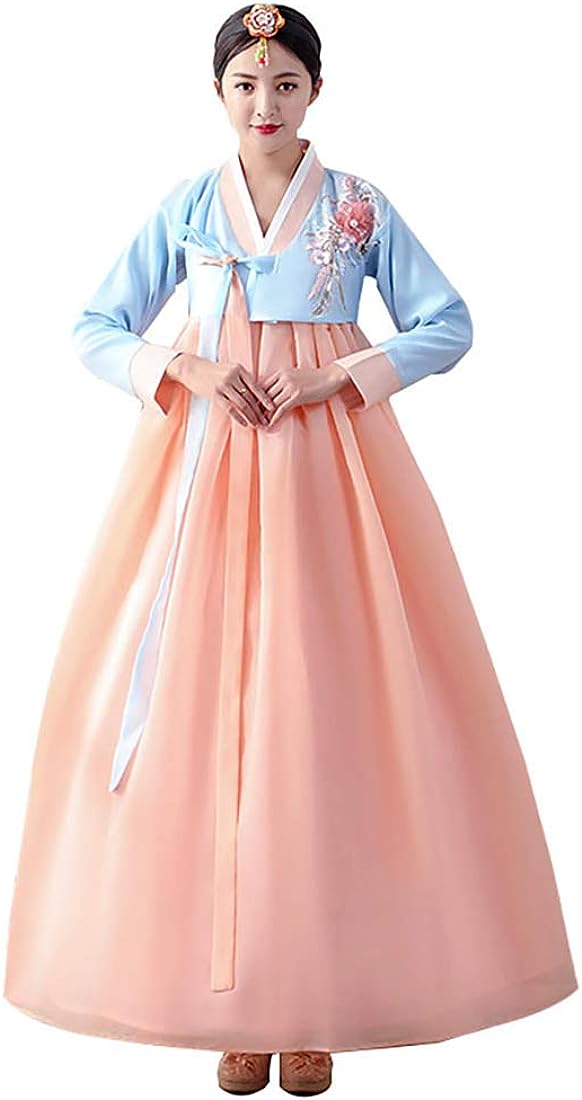
Traditional Korean clothing, known as hanbok, is really colorful and stylish. It usually has a big, flowy skirt along with a shorter top part. The hanbok is famous for its bright hues and classy look. Its billowy skirt and jacket top.
4.Qipao (Cheongsam)

The qipao is a traditional Chinese outfit worn by women. It has a high collar, a fitted top half, and a straight skirt. Qipaos come in all sorts of styles and designs. The dress hugs the body up top before flowing freely at the bottom. Women can find qip.
5.Dirndl
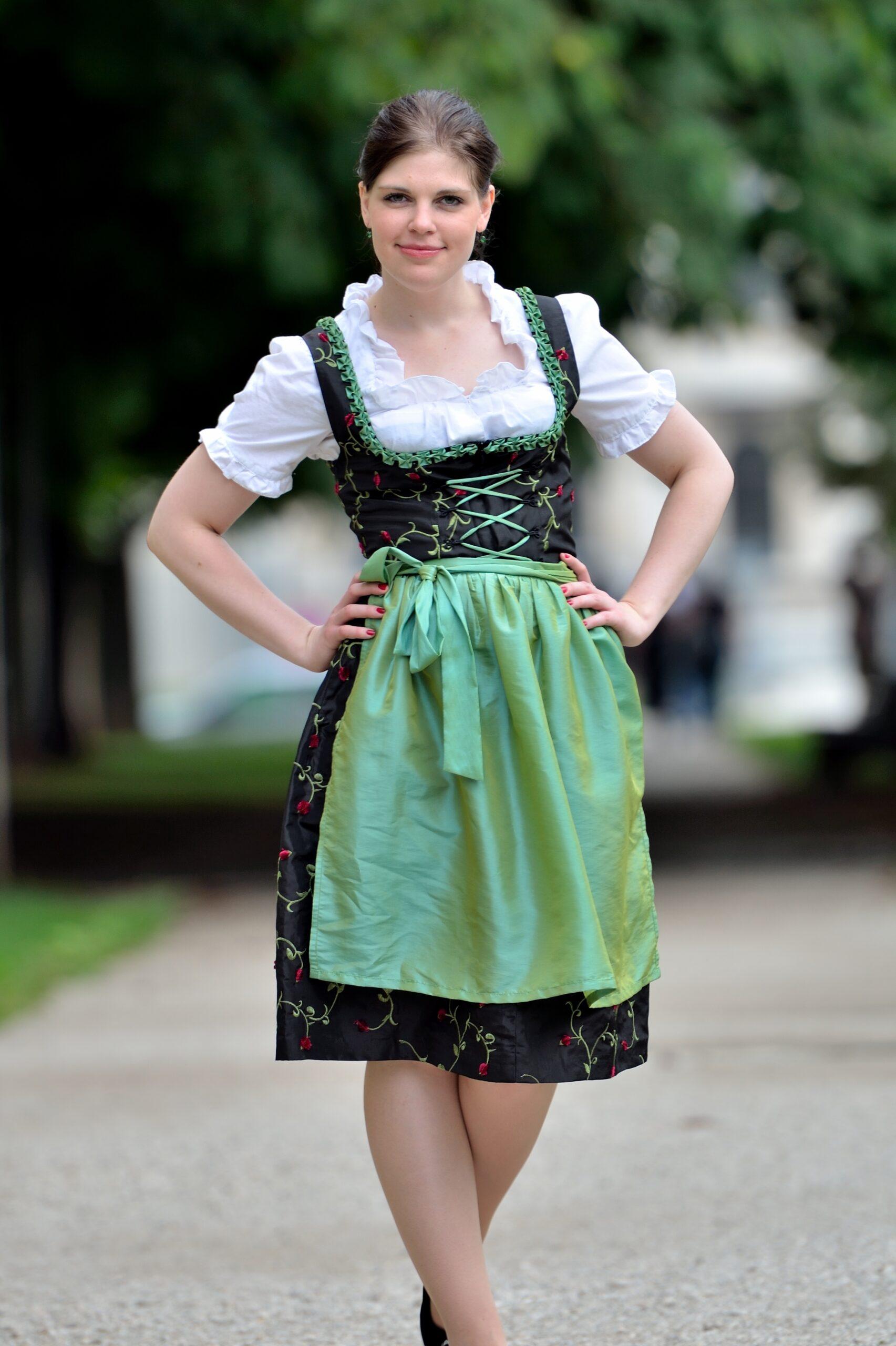
The dirndl is a traditional dress that folks in Germany and Austria often wear, especially around Oktoberfest time. It’s made up of different pieces – there’s the bodice top, a blouse underneath, a big full skirt, and a matching apron tied around the body.
6.Dashiki
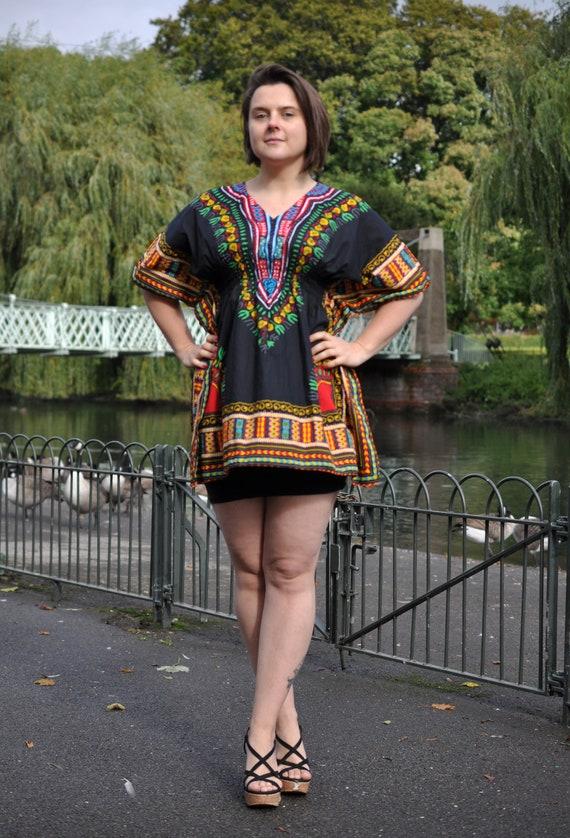
The dashiki is a relaxed, vibrantly patterned African top or tunic. It frequently features complex needlework and represents African ancestry and traditions.
7.Kilt
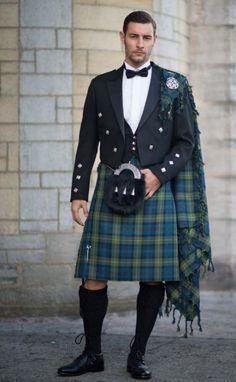
The kilt, a piece of clothing integral to Scottish culture, is traditionally worn by men on formal occasions and at Highland games. Made from tartan fabric, the kilt provides a glimpse into regional heritage as various patterns represent different Scottish clans and regions. Initially serving as everyday wear, the kilt later became associated with important events and competitive festivals showcasing traditional Scottish athletics.
8.Kaftan
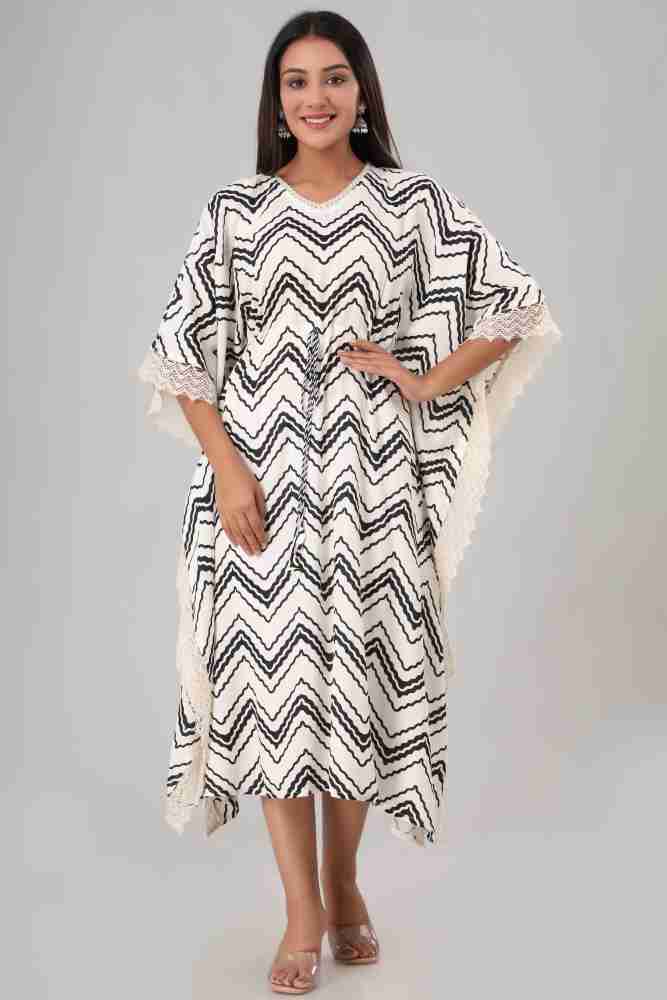
The kaftan is a traditional dress that has long been worn throughout many regions in the Middle East and North Africa. It consists of an airy, loose-fitting garment that flows gracefully from the shoulders down. Often, considerable effort is put into embellishing the kaftan with intricate patterns and fine embroidery worked into the fabric.
The designs stitched into the material help to decorate the robe while also adding artistic flair. Commonly, floral motifs or geometric forms are used to ornament the kaftan.
9.Tracht
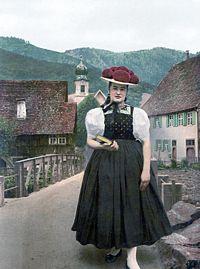
Tracht is a type of clothing usually worn in the Alps. For men, it includes leather shorts called lederhosen. For women, it includes a dress with an apron called a dirndl. Tracht comes from countries like Austria, Germany, and Switzerland.
10.Ao Dai
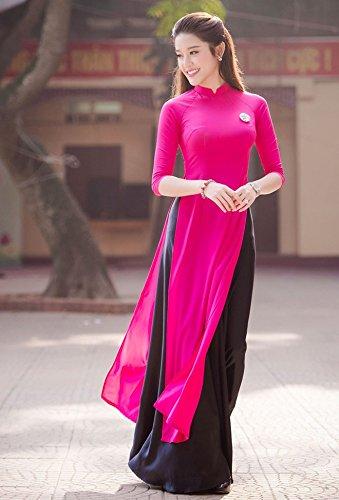
The ao dai is the conventional Vietnamese attire worn by women. It consists of a long, fitted top that extends to the knees paired with loose-fitting pants. The elegant áo dái highlights the feminine form while maintaining modesty. Typically made of lightweight fabric like silk, the traditional Vietnamese dress flaunts intricate embroidery, subtle colors,
Conclusion:
These are just a few examples of traditional dresses from around the world. The best traditional dress for you would depend on your cultural background, the occasion, and your personal style preferences.Here are only a few samples of customary outfits from everywhere throughout the world. The best custom outfit for you would rely upon your tradition, the event, and your own style tastes.

![Kannada Actor Darshan Arrested Lat night 11 Renuka Swamy and Darshan [left to right]](https://thehyderabadexpress.com/wp-content/uploads/2024/06/20240611_134154-1024x538.jpg)
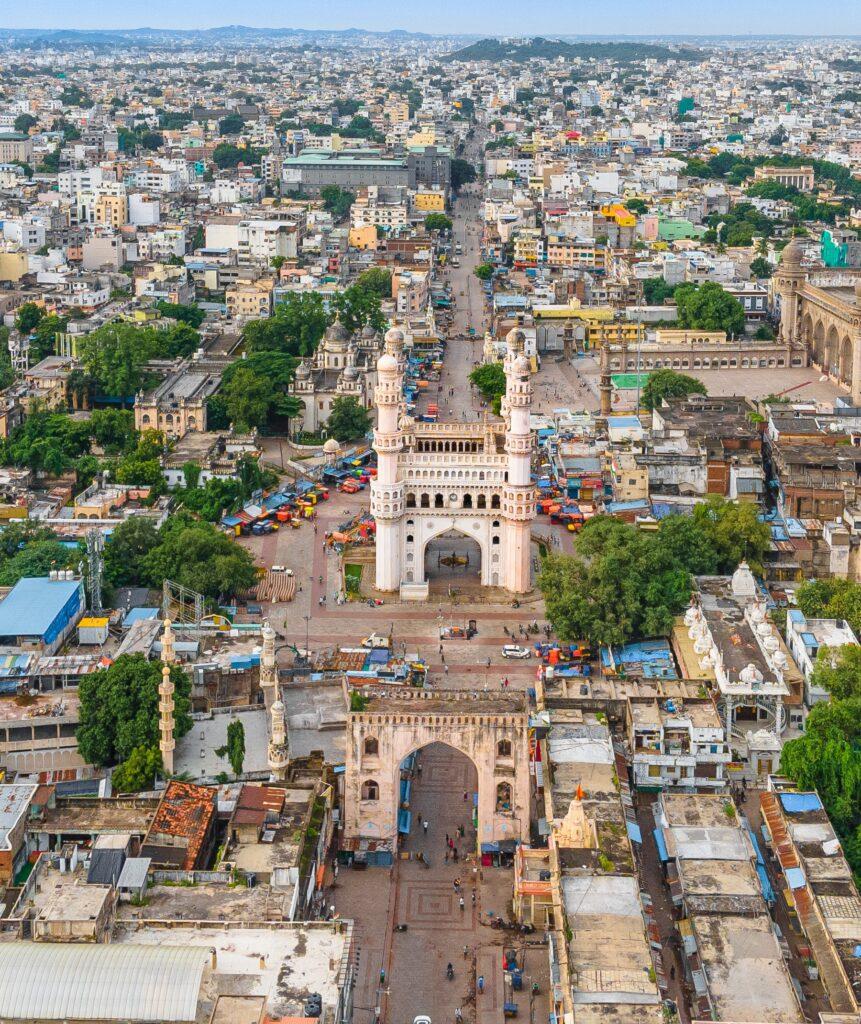
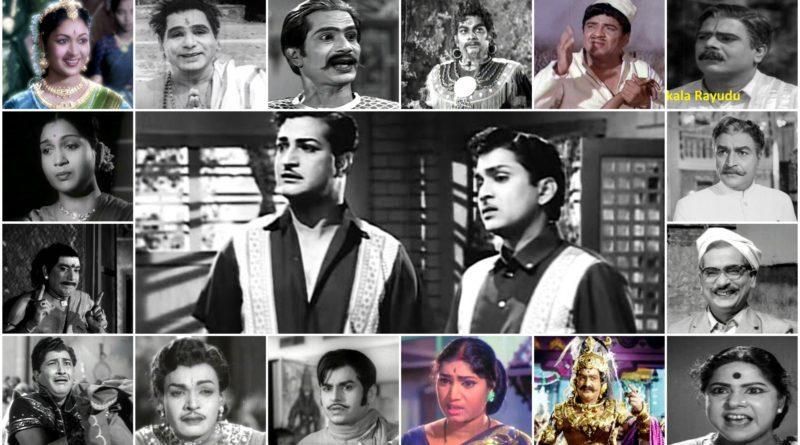

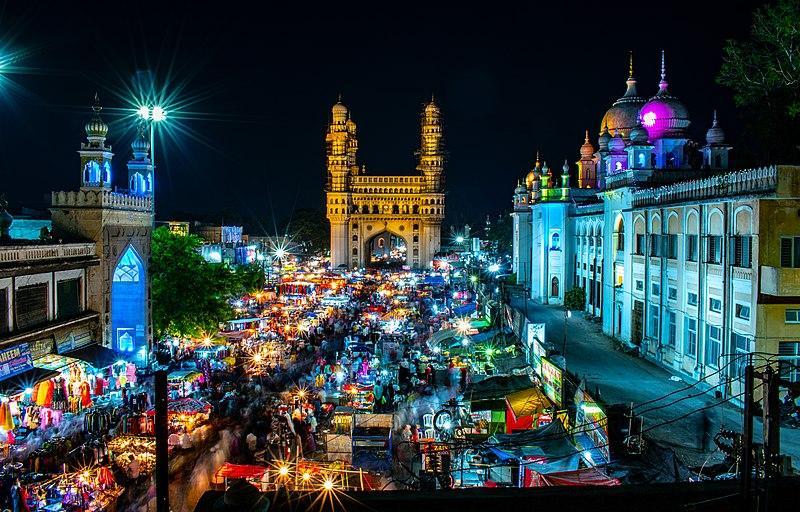
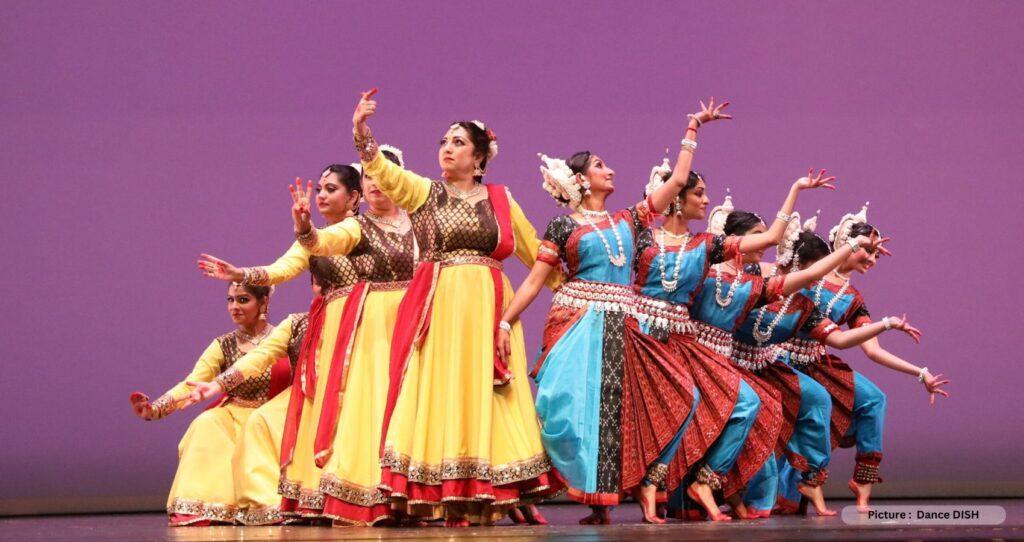
![Most Influential Directors in Telugu Film Industry[Directors Dominance!] 17 Most influential directors in telugu film industry,ss rajamouli](https://thehyderabadexpress.com/wp-content/uploads/2023/11/20231113_165701-1008x1024.jpg)
